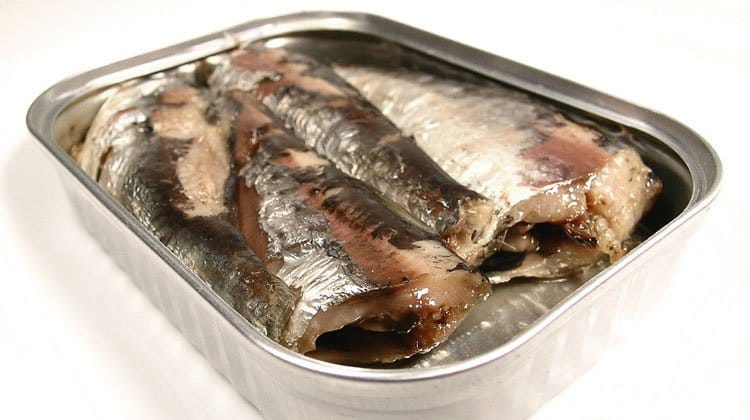As we established in our previous article, fats play a very significant role on your health (Omega 3 vs Omega 6). The constant clash between omega-3 and omega-6 fatty acids requires us to have a constant omega-3 source to subdue the inflammatory and occlusion processes of its counterpart and save us from diseases.
Sea fish rich in fat are some of the best sources of omega-3, but if you are mainlander, a ready supply of fresh fish can be hard to find and canned fish is a solid choice. Ideally, fish should be baked or boiled in order for omega-3 fatty acids to keep all the beneficial properties. Frying and any kind of addition of oils that contain omega-6 fats, lowers the influence of omega-3 type fats from the fish. The same rules apply when buying canned fish.
Canned Tuna
When buying canned tuna, make sure to get one preserved in water, not oils. Water and oil don’t mix thus preserving the original fats from the fish. Also, when you discard the oil from the can, you dispose of 15-20% from the omega-3 fats, while with water only 3% are lost.
Light tuna is generally more expensive than white tuna, but it has triple the amount of omega-3 fatty acids, while also containing triple the mercury. Nearly all fish contain methyl-mercury, but tuna has less than many other fish.
Top health organizations recommend at least 2 servings a week of fish, especially fatty types like tuna. Children are extra-sensitive to the toxin, so they—and women who are pregnant, trying to get pregnant or nursing—should eat no more than 12 oz of low-mercury fish a week, including no more than 6 oz of albacore.
Which tuna is recommended? After checking dozens of canned tunas, we stumbled on “wild albacore” from American Tuna ($4 to $6 for 6 oz) and Wild Planet ($4 for 5 oz). Both are preserved in natural juices and sea salt and cooked only once, retaining more fresh-tuna flavor as well as more omega-3.
Canned Sardines
Sardines are health food in a can. Not only are they rich in omega-3, but they contain virtually no mercury and are loaded with calcium. They also contain iron, magnesium, phosphorus, potassium, zinc, copper and manganese as well as a full complement of B vitamins.
The best canned sardines are the ones preserved without oil, unless it’s their own oil (which would be stated on the package) in water and in olive oil (the one exception to oils) in that order. These sardines are usually of better quality, without any unhealthy additions, or spices and sauces to mask flavor, smell and other flaws.
Checking at the supermarket, we found a wealth of options when buying canned sardines. We liked and give preference to sardines canned in Italy, Spain, Portugal and Norway. They seem to have the highest quality and were free from many unhealthy additives we found in sardines canned in Thailand, the Philippines or Mexico, which had different texture, less firmness and some left metallic-like aftertaste. These are just our observations, be sure to check among the many brands and find your favorites.





3 comments
Great article, tnx.
I have always wondered these things. I keep standing there watching the cans, trying to discern a difference without knowing what to look for. Well, now I have some clues :) thank you
We are happy to help.
Comments are closed.